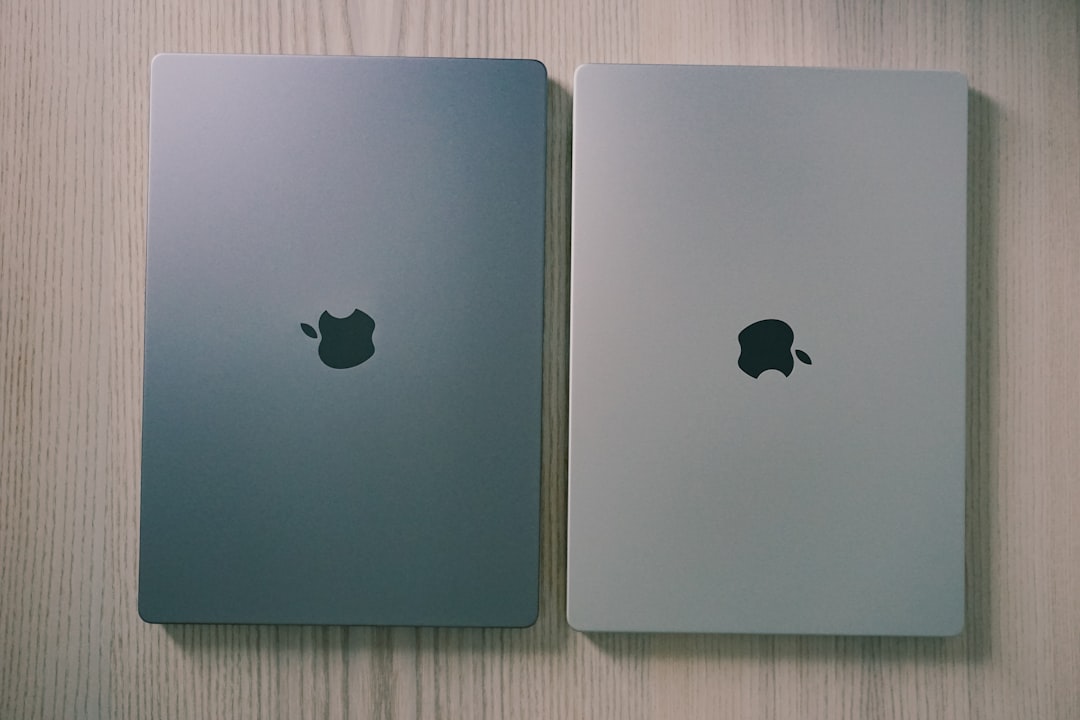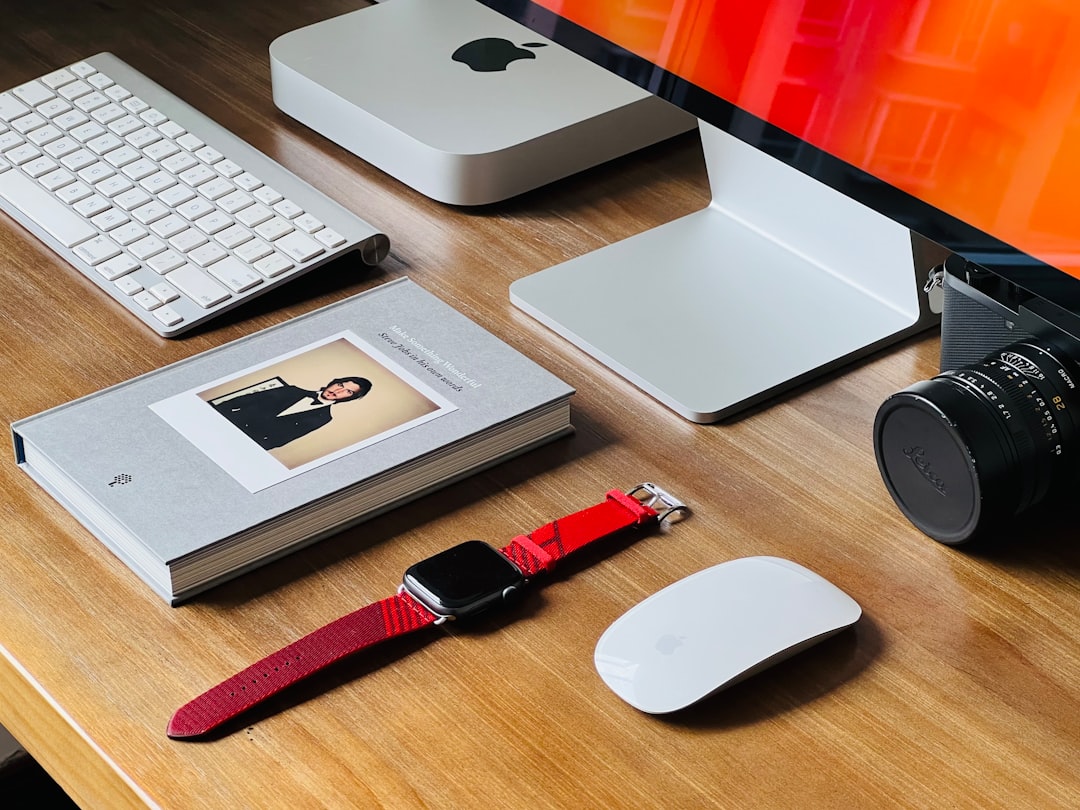Flash drives are incredibly convenient tools for transferring files, backing up data, and expanding storage capabilities. When used with a Mac, however, there are some best practices and nuances to be aware of in order to ensure data security, compatibility, and overall efficiency. Whether you’re a seasoned Mac user or new to the ecosystem, following a few key principles can help you get the most out of your flash drive experience.
1. Format the Drive for Mac Compatibility
Many flash drives come pre-formatted with FAT32 or exFAT file systems to ensure cross-platform compatibility. While these formats work on both macOS and Windows, they have limitations — such as file size restrictions for FAT32. To maximize performance and enable macOS-specific features like Time Machine backups, consider reformatting the drive using Mac OS Extended (Journaled) or APFS.
To do this:
- Open Disk Utility on your Mac.
- Select the flash drive, then click Erase.
- Choose the appropriate format and proceed.
Note: Reformatting will erase all data on the drive, so be sure to back up first.
2. Eject the Flash Drive Properly
One of the most overlooked — yet crucial — practices is ejecting your flash drive properly. Simply unplugging the device can lead to data corruption or physical damage to the files stored on it.
Before unplugging, always:
- Right-click on the flash drive icon on your desktop and select Eject.
- Alternatively, drag the icon to the Trash, which will turn into an Eject symbol.
3. Use Reliable Brands
Not all USB flash drives are created equal. Cheap or off-brand options might result in lower transfer speeds, higher failure rates, or lack of Mac compatibility. Trusted brands such as SanDisk, Kingston, Samsung, and Crucial often provide faster transfer rates and better long-term durability.

Investing in a high-quality flash drive ensures not only better performance but also the safety of your valuable data.
4. Keep Your macOS Updated
To maintain compatibility and performance with external devices, make sure your Mac is running the latest macOS update. Apple frequently patches bugs and enhances hardware support through software updates.
Check for updates by going to System Settings > General > Software Update.
5. Encrypt Sensitive Files
If you plan to carry personal or sensitive information on your flash drive, encrypting the data is essential. macOS offers built-in encryption tools like FileVault, or you can encrypt the entire drive through Disk Utility by selecting “Mac OS Extended (Journaled, Encrypted)” as the format during the formatting process.
For individual files or folders, consider using Disk Images with password protection. This allows you to store multiple encrypted files within a single, mountable image file.
6. Use Flash Drives for Short-Term Storage Only
While flash drives are excellent for transport and temporary storage, they are not designed for long-term data archival. Flash memory has a limited number of write cycles, and over time, performance can degrade. For permanent storage, look into cloud solutions or external hard drives with more robust lifespan and backup features.

Treat your flash drive as a temporary workspace rather than a permanent vault for important files.
7. Label and Organize Your Drives
If you use multiple flash drives for different projects or clients, it’s good practice to give each drive a meaningful name and maintain a consistent folder structure. Mac allows you to rename drives easily through Finder.
Additionally, using color-coded labels or stickers can help identify drives physically. Keeping things organized saves time and reduces the risk of accidental file loss or confusion.
Conclusion
Using a flash drive effectively on your Mac involves more than just plugging it in and dragging files around. By taking the time to format the drive correctly, handle it safely, and maintain optimal practices, you can extend its life and preserve your data efficiently. Always remember that these small devices carry significant responsibilities—especially when they hold important or sensitive data. Treat them with care and diligence, and your productivity will thank you for it.